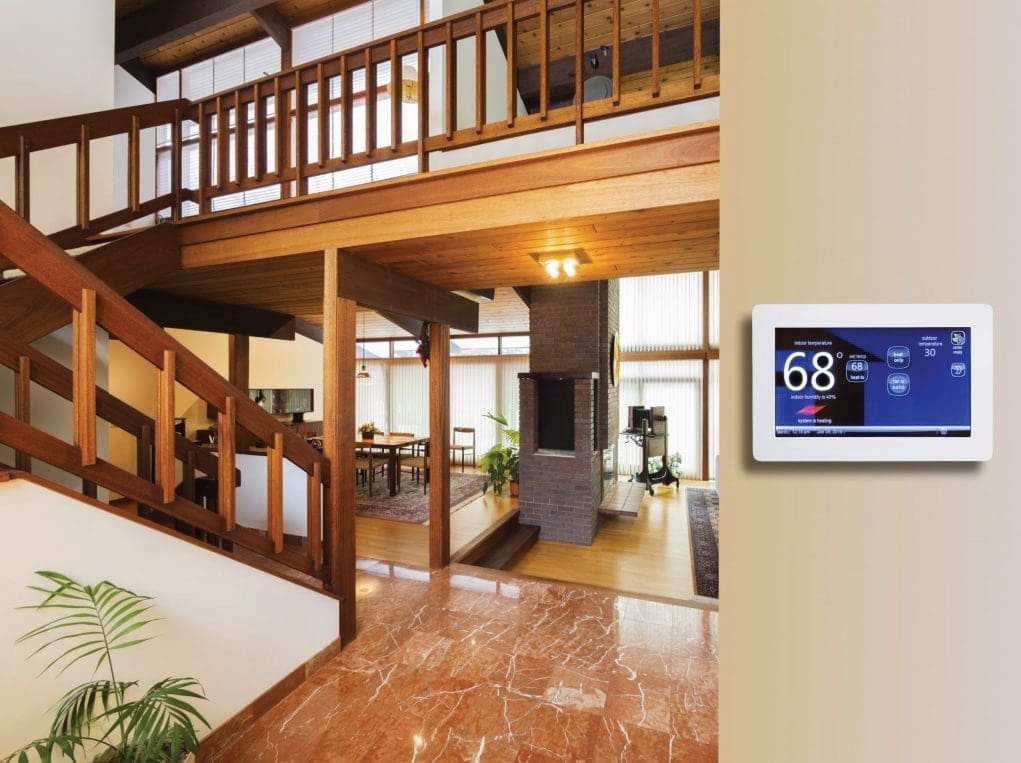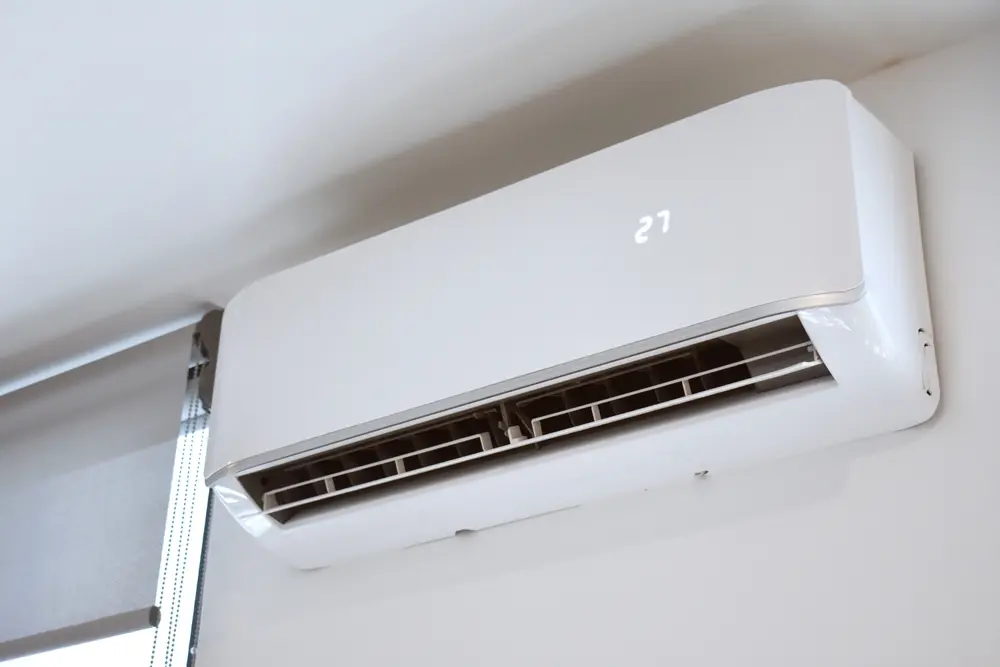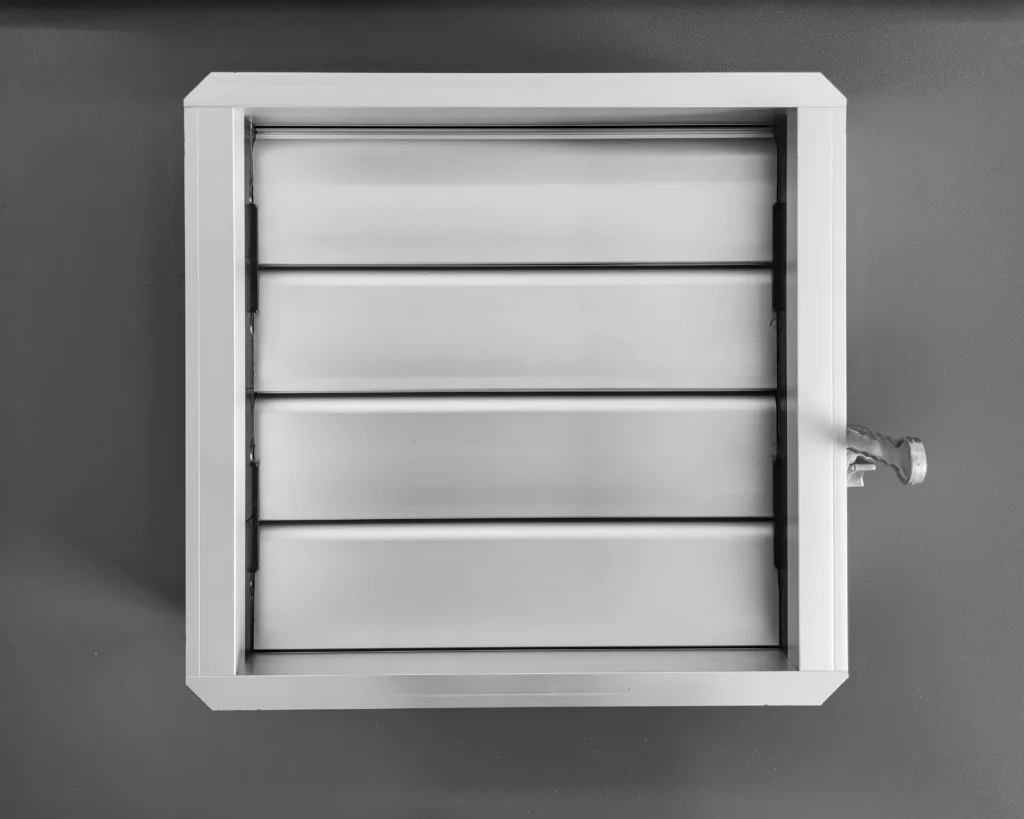
Blog
Air Conditioner Not Blowing Cold Air But Running? Here’s How to Solve It
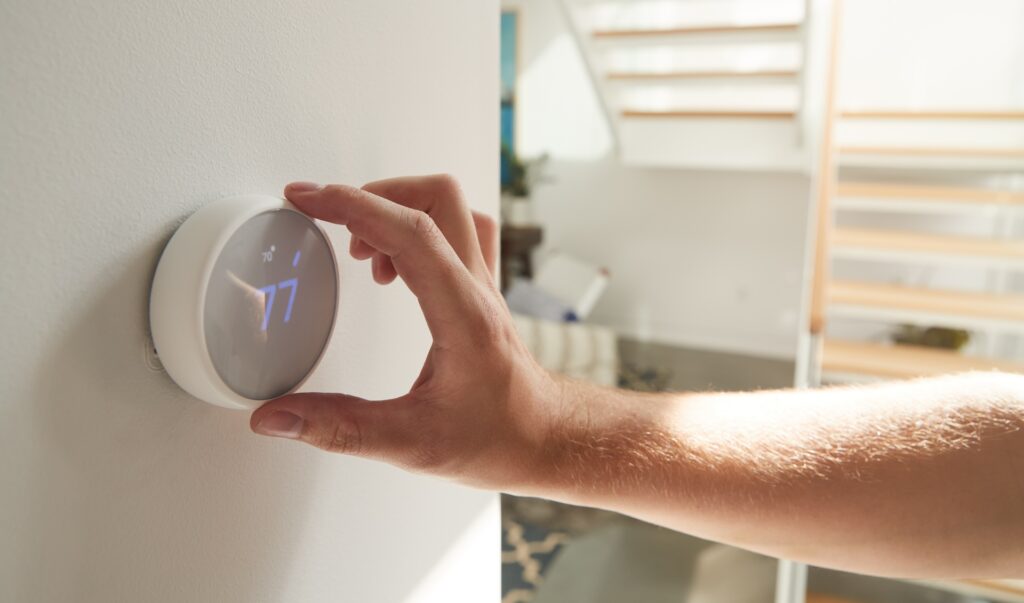
Is your air conditioner not blowing cold air, but it’s running? You're not alone. Thousands of homeowners face this issue every summer, feeling airflow but no actual cold air. Whether you’re battling rising utility bills or sweating through sleepless nights, this guide breaks down exactly what's going wrong—and how to fix it.
We'll walk you through the most common causes, simple DIY fixes, and when it's time to call a professional. Let’s get started.
Why Is My Air Conditioner Not Blowing Cold Air But Running? Simple Causes Explained
So your AC is not blowing cold air? Before you panic or assume there’s a major breakdown, know this: many air conditioners stop cooling due to a handful of minor, fixable problems.
Here are some common reasons why your AC is not cooling your house.
Your Thermostat Is Not Set Correctly
The thermostat controls when and how your AC runs. If it's set incorrectly, your system may blow air without ever cooling it.
Signs to look for:
- Thermostat set to “On” instead of “Auto” - “On” keeps the fan running continuously, while “Auto” only runs the fan during heating and cooling cycles
- Thermostat is set to “heat” instead of “cool”
- Temperature is set too high
- Unresponsive or blank display
To ensure accurate operation, confirm that your thermostat is in cooling mode, set below the current room temperature (which should be displayed on the thermostat), and functioning properly.
Still not sure what’s wrong? Contact Chapman to schedule a professional thermostat service.
Your Air Filter Is Dirty
A clogged air filter restricts airflow, which prevents your AC from circulating enough air over the evaporator coil to cool properly.
Common symptoms include:
- Weak airflow from vents
- Dust buildup in your home
- Ice forming on refrigerant lines
Change or clean your filters every 1–3 months, especially during peak cooling season.
Your Evaporator Coil Is Frozen
If your coil freezes, it can’t absorb heat from the air, resulting in the AC not blowing cold air. Here are some concerning symptoms to look out for, the causes of these symptoms, and practical fixes.
Symptom |
Cause |
Fix |
|---|---|---|
| Ice buildup on indoor unit |
High humidity indoors | No airflow from vents |
| Dirty filter, blocked airflow |
Refrigerant issue | Frozen coil blocking duct |
| Turn off AC, let it thaw | Contact HVAC technician | Clean filters and allow defrost |
Note: Never scrape ice manually. This could damage delicate fins or refrigerant lines. Instead, contact an AC professional to help you resolve the issue without damaging your unit.
Your Outdoor Condenser Is Blocked
Your outdoor condenser coil needs space and airflow to release heat. When it's blocked by leaves, dirt, or debris, your system can't cool efficiently.
What to look for:
- Overgrown vegetation or grass around the unit
- Dirt or grime on the coil fins
- Objects stored too close to the unit
Clear at least 2 feet of space around your unit and gently rinse the coils with a hose if they are dirty. If you don’t feel confident doing this on your own, contact Chapman for assistance.
Your Heat Pump or Split AC Is Damaged
Heat pumps and ductless split systems can continue to circulate air even if the cooling mechanism has failed.
If this is the case, you’ll notice the following signs:
- Unit blows room-temperature air despite being in “cool” mode
- Outdoor fan runs but no temperature change inside
- No error codes or alerts
If your split AC is not cooling, but the fan is running, internal components may be malfunctioning and should be inspected by a pro.
Schedule an Inspection
Troubleshooting Solutions for Simple Issues
Now that you know what might be causing your AC to blow warm air, here’s how to tackle the most common issues yourself. These quick troubleshooting steps may save you time and money before calling in a pro.
1. Adjust Your Thermostat Settings
A simple thermostat misconfiguration can make it appear as though your system is malfunctioning.
How to fix it:
- Set your thermostat to "Cool" mode, not just “Fan” or “On”
- Lower the set temperature 5+ degrees below room temperature
- Replace old batteries if the screen is blank or unresponsive
- Verify that programmable thermostats are running the correct schedule
Still not working? Learn more about diagnosing thermostat issues.
2. Clean or Replace Your Air Filters
Blocked airflow from dirty filters is one of the most frequent causes of poor cooling.
Steps:
- Turn off the system
- Locate and remove your air filter (return vent or air handler)
- If reusable, rinse thoroughly and let dry before reinserting
- If disposable, replace with the same size filter (check the MERV rating)
Pro tip: Set a reminder to change filters every 1–3 months.
3. Thaw Your Frozen Evaporator Coil
If your coil is iced over, cooling stops entirely. Here's how to defrost it safely:
Steps to follow:
- Turn the thermostat to “Off” and set the fan to “On” to circulate air
- Wait several hours for the ice to melt (check the coil visually)
- Clean or replace air filters to improve airflow
- Avoid restarting until the unit is completely thawed
If freezing occurs repeatedly, you may have a more serious issue, such as a refrigerant leak, which is covered below.
4. Clean Debris from Your Outdoor Condenser
Your system relies on the outdoor condenser coil to release heat. Keeping it clean is key.
What to do:
- Shut off the power to the unit
- Remove leaves, grass clippings, or sticks around the base
- Spray the coils gently with a hose (no pressure washers)
- Allow to dry fully before restoring power
Clearing out blockages may be all it takes to restore cold air flow.
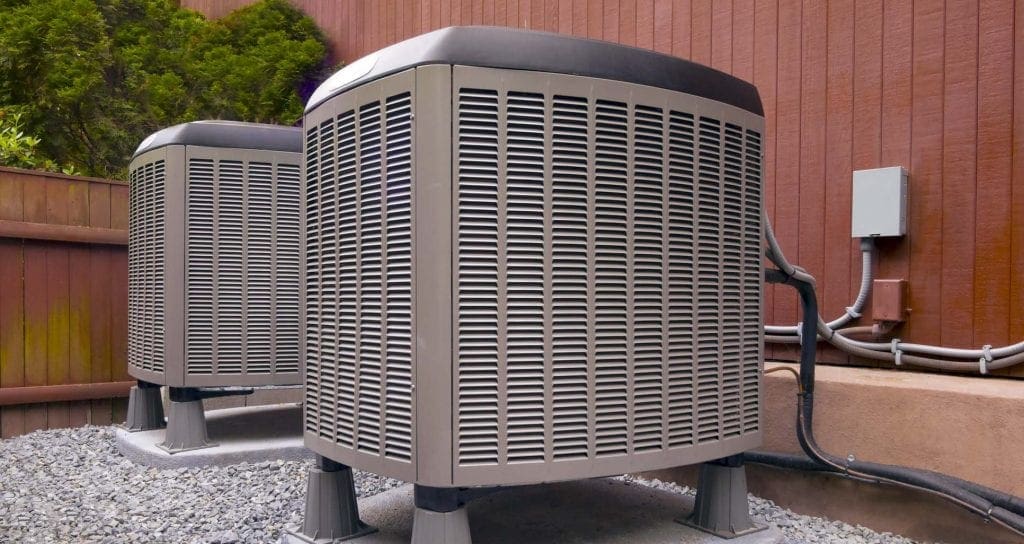
Complex AC Issues That Should Be Addressed by a Professional HVAC Technician
Tried all the basics, and your AC is still not cooling? You could be dealing with a more complex issue. These problems require the expertise, tools, and certification of a licensed HVAC professional.
If you’re experiencing any of the following issues, it’s time to contact a Chapman pro:
Your Refrigerant Is Leaking
When refrigerant levels drop due to a leak or another malfunction, the system can’t cool effectively, and may even shut down to prevent damage.
Signs of a refrigerant leak:
- Hissing or bubbling sounds near the indoor unit
- Ice buildup on the refrigerant line or evaporator coil
- AC runs constantly but doesn’t lower the temperature
Do not attempt to handle refrigerant yourself. Leaks can be dangerous and require EPA-certified handling and recharge. If you suspect a refrigerant leak, schedule an AC repair as soon as you can.
Your Unit is Improperly Sized or Outdated
If your AC is too small for your home, it may run constantly without reaching your desired temperature. On the other hand, oversized units tend to short-cycle, resulting in excess wear and humidity issues.
Clues your unit may need replacement:
- It’s 10–15+ years old
- Energy bills are rising steadily
- Cooling is uneven between rooms
In many cases, replacing your system with a properly sized, energy-efficient central air conditioning unit is more cost-effective than another repair.
Your System Has Mechanical Failures
Mechanical breakdowns can prevent cold air from circulating, even when the system is turned on.
Common failure points include:
- Broken compressor or fan motor
- Burnt-out capacitor
- Faulty contactor relay
If you often hear odd noises, experience electrical trips, or notice complete system failure, these parts require specialized diagnosis and replacement.
You Have Leaky Ductwork
Even if your system is working, cool air may be escaping through holes or gaps in your ductwork, especially if it runs through attics or crawl spaces.
Symptoms of duct leaks:
- Weak airflow in certain rooms
- Increased dust indoors
- Hot or cold spots throughout the house
A professional can test for leaks and recommend air sealing and insulation to restore proper airflow and efficiency.
Your Condenser Coils Are Damaged
Your outdoor condenser coils are exposed to the elements. Over time, corrosion, impact, or long-term neglect can lead to coil damage that affects performance.
You might notice:
- Warm air blowing from vents
- Visible bent or broken fins
- Unusual noises from the outdoor unit
Replacing or repairing condenser coils requires specialized tools, and sometimes it’s more economical to replace the full unit, especially for older systems.

Still Not Cooling? Let a Certified HVAC Technician Help
If your air conditioner is still not blowing cold air but running, don’t wait—continued operation under stress can cause further damage or lead to a full system breakdown.
A certified HVAC technician can diagnose the issue quickly, whether it’s low refrigerant, a failing compressor, or faulty ductwork. At Chapman, we specialize in:
- Air Conditioning Repair
- AC Replacement & Installation
- Air Filtration Systems for healthier indoor air
We’ll help you choose the right solution—whether that means a quick repair or a new system designed for maximum efficiency.
And don’t forget: preventative maintenance is your best defense against unexpected breakdowns and high energy bills.
Keep Your AC Running Efficiently Year-Round with Priority Service
Want to avoid cooling problems in the future? Chapman’s Priority Maintenance plan offers total peace of mind.
Member benefits include:
- Seasonal HVAC tune-ups to catch problems early
- Priority scheduling—even during peak summer months
- Discounts on repairs and diagnostic fees
- Longer equipment lifespan and improved efficiency
Routine maintenance isn’t just about performance—it protects your comfort, your wallet, and your system’s warranty.
Don’t wait for an AC emergency. Join our Priority Maintenance program today and enjoy reliable comfort all year long.






